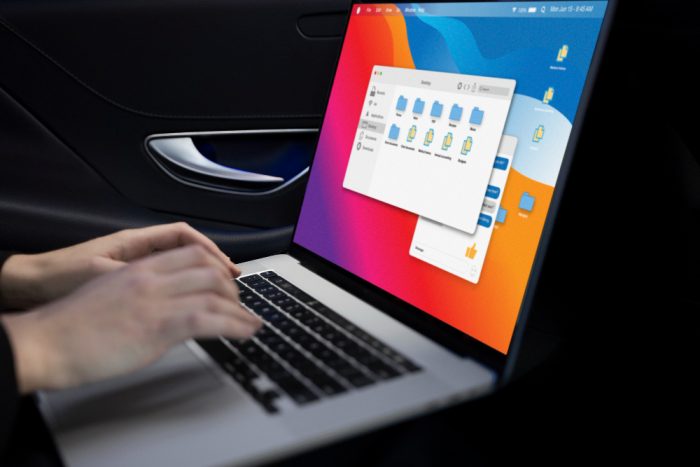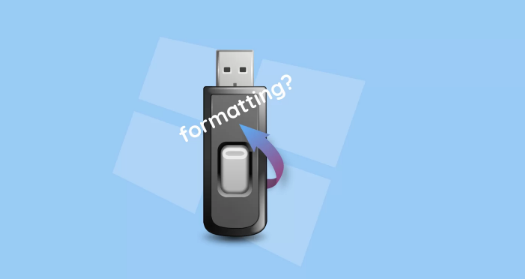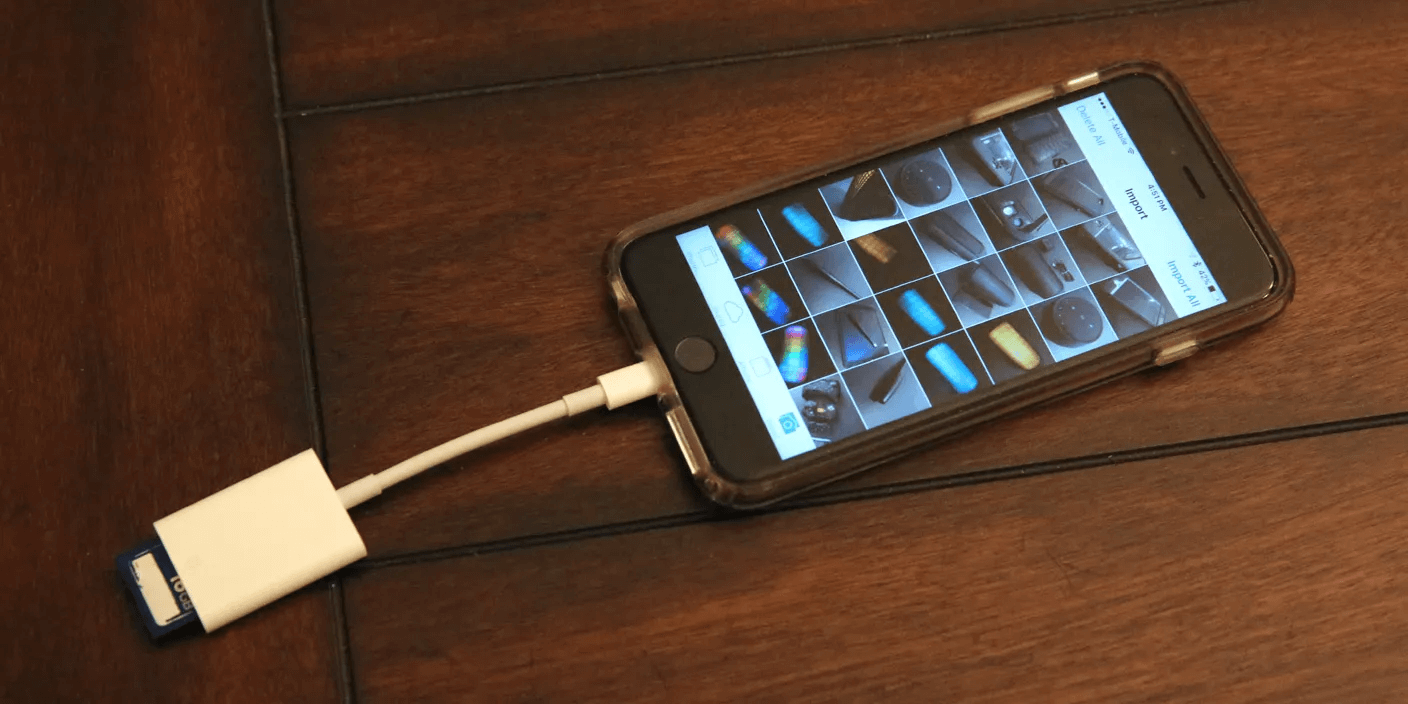Chromebooks are loved by millions of users for their lightweight, high security, and smooth operating speed. But sometimes Chromebook users may be eager to install Windows 10 on their Chromebooks for better compatibility, different system experience, etc. Can you install Windows 10 on a Chromebook? If you have such needs, you are on the right page. In this ultimate guide, we’ll demonstrate how to install Windows 10 on a Chromebook without USB. Keep reading to learn how to fulfill that step by step.
Why Install Windows 10 on a Chromebook
There are several benefits to installing a Windows 10 operating system on a Chromebook. By doing so, you can obtain more possibilities for your computer use. Here, we have concluded several reasons to have the Windows 10 system installed on a Chromebook:
- Access software that is only available on the Windows system. Many applications are not compatible with the Mac operating system. Therefore, installing Windows 10 on your Chromebook allows you to experience more interesting software and applications.
- Compatible with Windows-only peripherals. The Windows system always has better compatibility with various peripherals and hardware devices. If you fail to connect to printers, scanners, or gaming accessories, you can try to install the Windows 10 system on your Chromebook.
- Customize your desktop. Compared to the Mac OS, the Windows system offers more flexibility to personalize the desktop, and other settings according to your preference. If you are already familiar with the interface of the Windows system, you can install it on your Chromebook.
- Use Chromebook as a dual-boot device. You can also switch between the Chromebook and Windows system on your computer to enjoy the different advantages of the two operating systems.

Can You Install Windows 10 on a Chromebook Without USB
Yes. Although using the USB flash drive is the most direct way to install the Windows 10 system on your Chromebook, there are also other effective ways to install Windows 10 on a MacOS computer. In the following comprehensive guide, learn common ways to install Windows on a Chromebook step by step. Once done, all the original data in the Chrome OS will be removed. Therefore, make sure you have backed up all crucial data before processing the Windows system installation.
How to Install Windows 10 on a Chromebook
With the right tools, you can easily install Windows on a Chromebook with and without using USB. Check the requirements below and follow the steps to get Windows 10 installed.
Method 1. Install Windows 10 on a Chromebook with USB
USB is the most common way to install Windows 10 on Chrome OS. To install Windows 10 on a Chromebook via a USB device, you need to make sure: 1. Your Chromebook is compatible with Windows. 2. The USB has 8GB of free space at a minimum. 3. There is a Windows 10 installation ISO file. If all prerequisites are met, you can follow the steps below:
Step 1. Go to the Microsoft website and download the ISO file for Windows 10:
Step 2. Use a program like Rufus to make a bootable Windows 10 USB drive.

Step 3. Press the Esc + Refresh (F3) + Power on your keyboard to boot the Chromebook from the USB drive.
Step 4. To install Windows, adhere to the on-screen directions

Method 2. Install Windows 10 on Chromebook Using Parallels Desktop
Parallels Desktop is Mac software that provides hardware virtualization with an Intel processor. By using it, you can easily install Windows 10 system on a Chromebook and experience other incompatible software and uses. However, this method is not free of charge. You need to subscribe within Parallels Desktop, which costs $74.99/year for the standard edition and $89.99/year for the pro edition.
The following are the minimal hardware requirements for Parallels Desktop:
| Supported OS macOS Sonoma 14.0 or newer | macOS Ventura 13.2 or newer macOS Monterey 12.6 or newer macOS Big Sur 11.7 or newer macOS Catalina 10.15.7 or newer macOS Mojave 10.14.6 or newer |
| Processor Any Apple silicon chip | Any Apple silicon chip Intel Core i5, Core i7, Core i9, Intel Core M or Xeon processor |
| RAM | 4 GB or larger |
Storage | 600 MB for Parallels Desktop application 16GB at least for Windows OS |
| Graphics | Apple M3, M3 Pro, M3 Max, M2, M2 Pro, M2 Max, M2 Ultra, M1, M1 Pro, M1 Max, and M1 Ultra chips Intel, AMD Radeon, or NVIDIA graphics cards |
How to install Windows on Chromebook with Parallels Desktop for Mac:
Step 1. Download the ISO file for Windows 10 from Microsoft’s official site.
Step 2. On your Chromebook, download and install Parallels Desktop.

Step 3. Press Command + N to create a new virtual machine for Windows.
Step 4. Choose the ISO file for the Windows 10 installation to be used as the virtual machine’s source.

Step 5. Adhere to the on-screen directions to confirm to install the Windows system on your Chromebook.
Method 3. Install Windows on Chromebook with Google’s CloudReady
Google’s CloudReady is perfect for installing a lightweight version of Windows 10 on a Chromebook. It is an operating system built on the open-source Chromium OS code base from Google, which can be installed on existing PC and Mac devices. Along with it, you can install Windows on a Chromebook and vice versa. But you have to note that, by doing so, you may not enjoy all the features the original version of Windows brings.
The following are the minimal hardware requirements for CloudReady:
| CPU | Any CPU released after 2008 should work (there is no mention of ARM CPUs, therefore assume that X86 – Intel and AMD – CPUs are supported). |
| RAM | 2 GB or larger |
| Storage | 16GB or larger |
| Others | Full BIOS or UEFI access is required to boot from the USB installer. |
If you are looking for other specific information about CloudReady, please visit here.
How to install Windows 10 on Chromebook without USB by using Google’s CloudReady
Step 1. Download and install CloudReady from Google.
Video Source: CloudReady Installation Tutorial – Chrome OS
Step 2. Using a tool like Rufus to create a bootable CloudReady USB drive.
Step 3: Press the Esc + Refresh (F3) + Power to boot your Chromebook from the CloudReady USB drive.

Step 4: Install the Windows system on your Chromebook by following the on-screen directions.
Bonus Tips for Users Who Running Windows on Chromebook
If you using a USB to install Windows 10 on Chrome OS, it’s important to safely eject a USB flash drive from Chromebook. Otherwise, it may damage the integrity of your USB drive, on which some partitions or the entire bulk of data may become corrupted. Ultimately, it’s likely to encounter data loss on your flash drive.
Thankfully, you can make use of ONERECOVERY. No matter how your data gets lost or deleted, this professional data recovery software can retrieve data from USB flash drive or other storage devices with ease. It works on Windows and Mac computers. You can easily download the software on your device, connect the USB flash drive to your computer, and then select a location to scan. Once done, preview and recover your important videos, photos, or documents!
FAQs On Windows Installation on Chromebook
Can Chromebook Run Windows?
Yes. Most Chromebook models are not designed to run Windows. They are intended to run ChromeOS. However, this does not exclude you from running Windows on your Chromebook. Chromebook users can get their hands on Windows 10 in various unofficial ways, including the methods mentioned above.
How Do I Uninstall Chrome OS Flex and Install Windows?
Suppose you want to run Windows system only on your Chromebook, you can uninstall the Chrome OS Flex to save more operating space. To do so, you can just boot your Chromebook with a USB flash drive as mentioned above. Then plug your USB drive run Windows setup and install it. The Chrome OS Flex will be deleted and replaced when the Windows system is installed.
Can I Switch Back to Chrome OS after Installing Windows?
Yes. You can restore Chrome OS after installing the Windows system. To do so, follow these steps:
Step 1. Remove the battery from your Chromebook.
Step 2. Using AC power to boot Chromebook to live Linux USB.
Step 3. Using a live Linux terminal to run the MrChromebox Firmware Utility Script.
Step 4. Restore the original firmware.
Step 5. Return to the default boot options.
Step 6. Restart the Chromebook and reconnect the battery.
In this way, you can switch back to the Chrome OS on your Chromebook.
Can You Have Chrome OS and Windows at the Same Time?
Not all versions of Chromebook support dual boot. The HP Chromebook X2 is one of the few versions that allows you to have Chrome OS and Windows at the same time. So, you just install the Windows system on your Chromebook according to the unofficial solutions mentioned before.
Are There Any Risks to Install Windows on Chromebook?
Although it is possible to install Windows on a Chromebook, you should be aware that doing so could void the warranty on the device and cause performance problems. Additionally, it’s a good idea to check compatibility beforehand as some Chromebook models may have restrictions when operating Windows. Last but not least, always make a backup of your data before trying to make significant changes to the system.
How to Jailbreak Chromebook?
You may need to jailbreak a Chromebook to remove software restrictions and use your laptop in developer mode. To root a Chromebook, you can follow these steps:
Step 1: Press “Esc+Refresh+Power” keys to enter into Recovery mode
Step 2. Choose “Advanced options”
Step 3. Enable Developer mode
Step 4. Click on “Confirm” and it will boot to another screen
Step 5. Choose “Boot from internal disk”
Step 6. Wait until it finishes transitioning
⚠ Note: When attempting to jailbreak a Chrome, all stored files will get lost. It’s important to back up the files before conducting a Chromebook jailbreak.
The Bottom Line
This post has explained proven ways to install Windows 10 on a Chromebook with or without USB flash drives. By doing so, you can enjoy features and software on Windows only on your Chromebook. But you also need to be aware that this unofficial operation may lead to worse performance of your computer and cause your crucial data loss. Therefore, you’d better think twice and balance the advantages and disadvantages before performing Windows installation on your Chromebook.
I am a content writer specializing in the technology and data fields. With over 5 years of writing expertise, I have produced clear, engaging content to communicate complex information to a variety of audiences. I am skilled at translating technical concepts about the latest software, AI systems, data recovery, file and video repair, and digital trends into easily understandable language for the average reader. My articles and copy bring clarity to murky tech topics through the use of metaphors, analogies, and strategic explanations.







